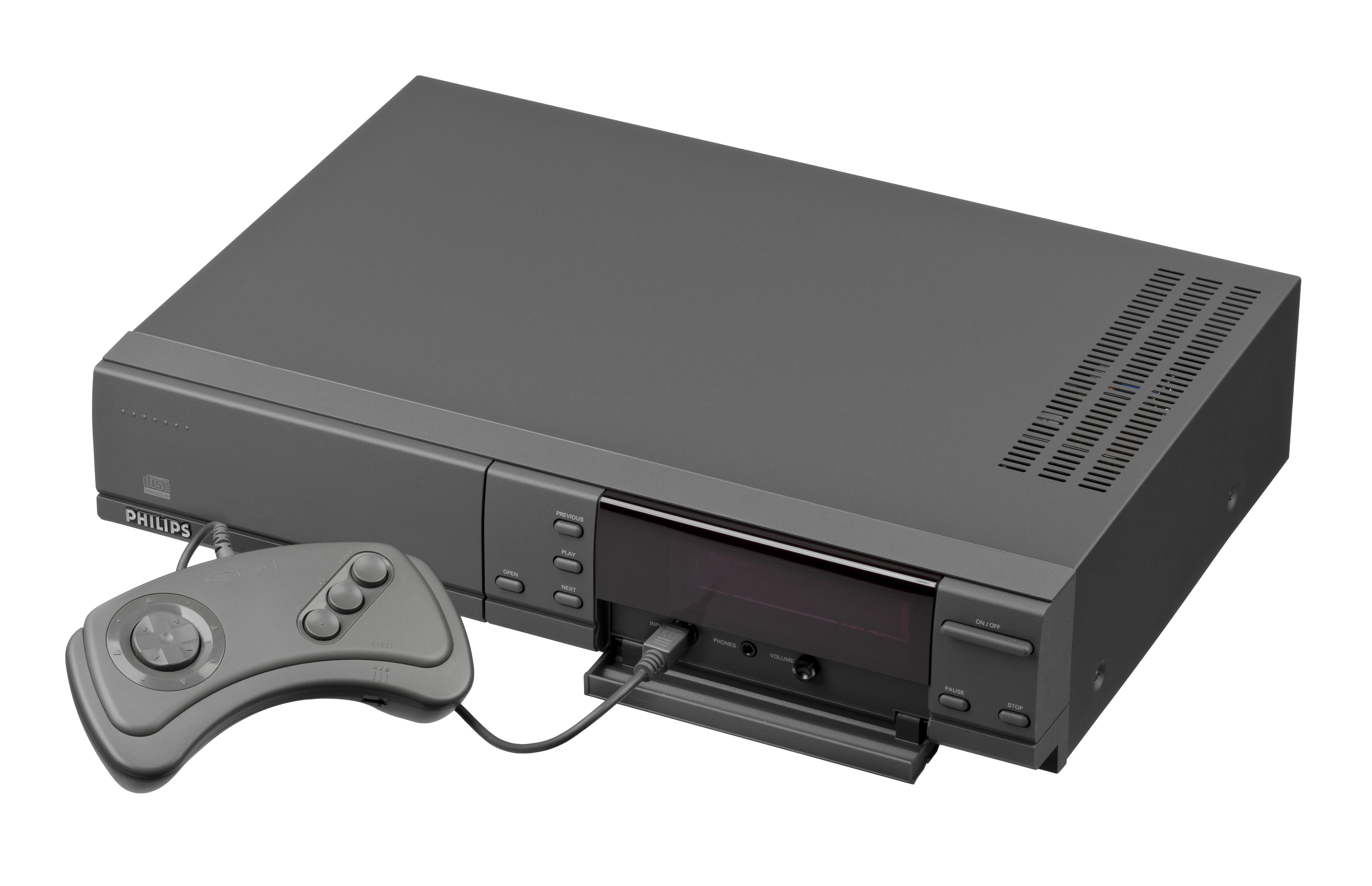This was one enigmatic electronic. It wasn’t strictly an interactive media system because it included a limited number of video games in its library, but it wasn’t fully a video game console either. Not in the sense the Super NES, Sega Genesis, Sega CD or Panasonic 3DO were anyway. Nearly every featured title became infamous for being considered among the worst games of the time.
It did, however, have a neat design. Something that you could have looked at in the early 90’s on someone’s entertainment center, saying “That’s state of the art.”


But without a solid game library and price tag of “…around US$1,000 (equivalent to $1,900 in 2020)”(1), the CD-i wasn’t going to enjoy widespread sale numbers taken as more or less a given among the 16-bit consoles. In the end, it was basically an overpriced not so much gaming console, not so much multimedia wonder, serving as an expensive novelty gadget for the living rooms of those with an eccentric mind and a deep pocket to burn.
More than a few consumers were interested in them despite their quirks, with, according to the Wikipedia page, Phillips having sold “…about 60,000 CD-i players were sold by the end of December 1994.” (2) in the Netherlands. I would be the first to admit that the system has an unspoken charm to it, and there’s a good reason gaming collectors are a bit obsessed with it. To be honest, I’d consider getting one just to say that I’ve played these less than acclaimed gaming titles, and that I can enjoy the obscure art of discovering that many music CD’s of the 1990’s had largely undiscovered graphics software embedded within. (3)
What, I think, was the saddest thing about this system was that despite the (somewhat) enhanced graphics and sound capabilities relative to 16-bit gaming and the more than laid on thick video sequences thrown into the games’ storylines (something at the time also common in the Sega CD and Panasonic 3DO), developers just had to turn Hotel Mario into a complete waste of a game by making it puzzle focused game, and they did it in just about the worst way they could. This could have been something of an extension of Super Mario World, instead it’s this awkward half-game where Mario just opens doors over and over.
Finally the most disappointing aspect of this was that another Mario game, Super Mario’s Wacky Worlds was cancelled, despite that it basically would have been, again, Super Mario World, but with Mario traveling all over real world geographical locations and at different time periods no less. This screenshot really shows you all the potential this game may have had:

Of course, this is all rectified by the fact that our nostalgia makes everything interesting (and more valuable) as time goes on. Some years ago, this system was in that phase where it was neither old enough to be vintage and neither new enough to be cutting edge. And these odd, lesser selling but relatively powerful consoles of the 1990’s show that that’s when you should buy them on the cheap. They become classic and the fascination ensues.